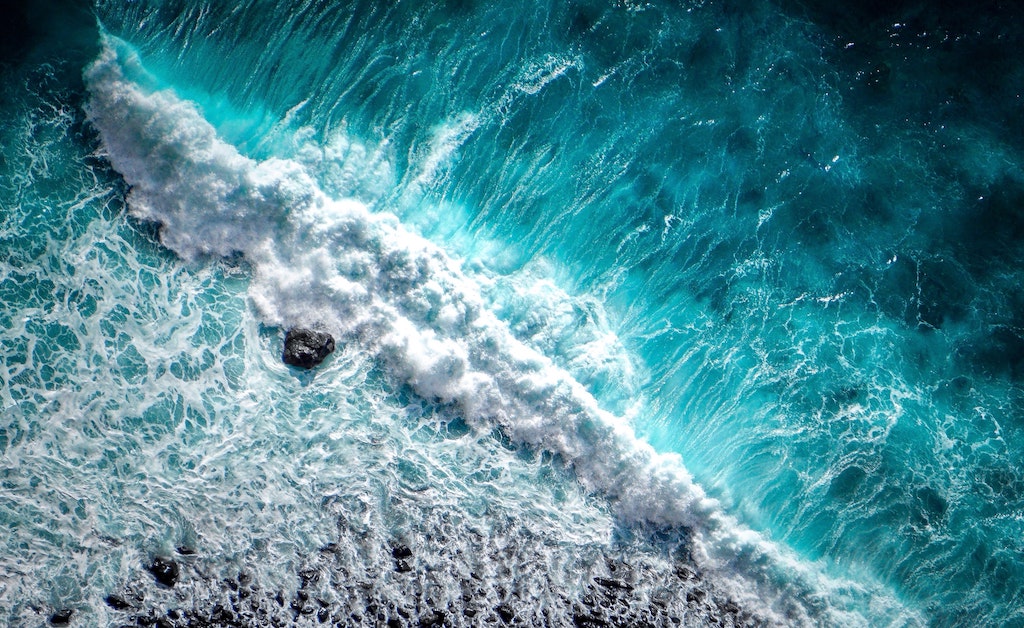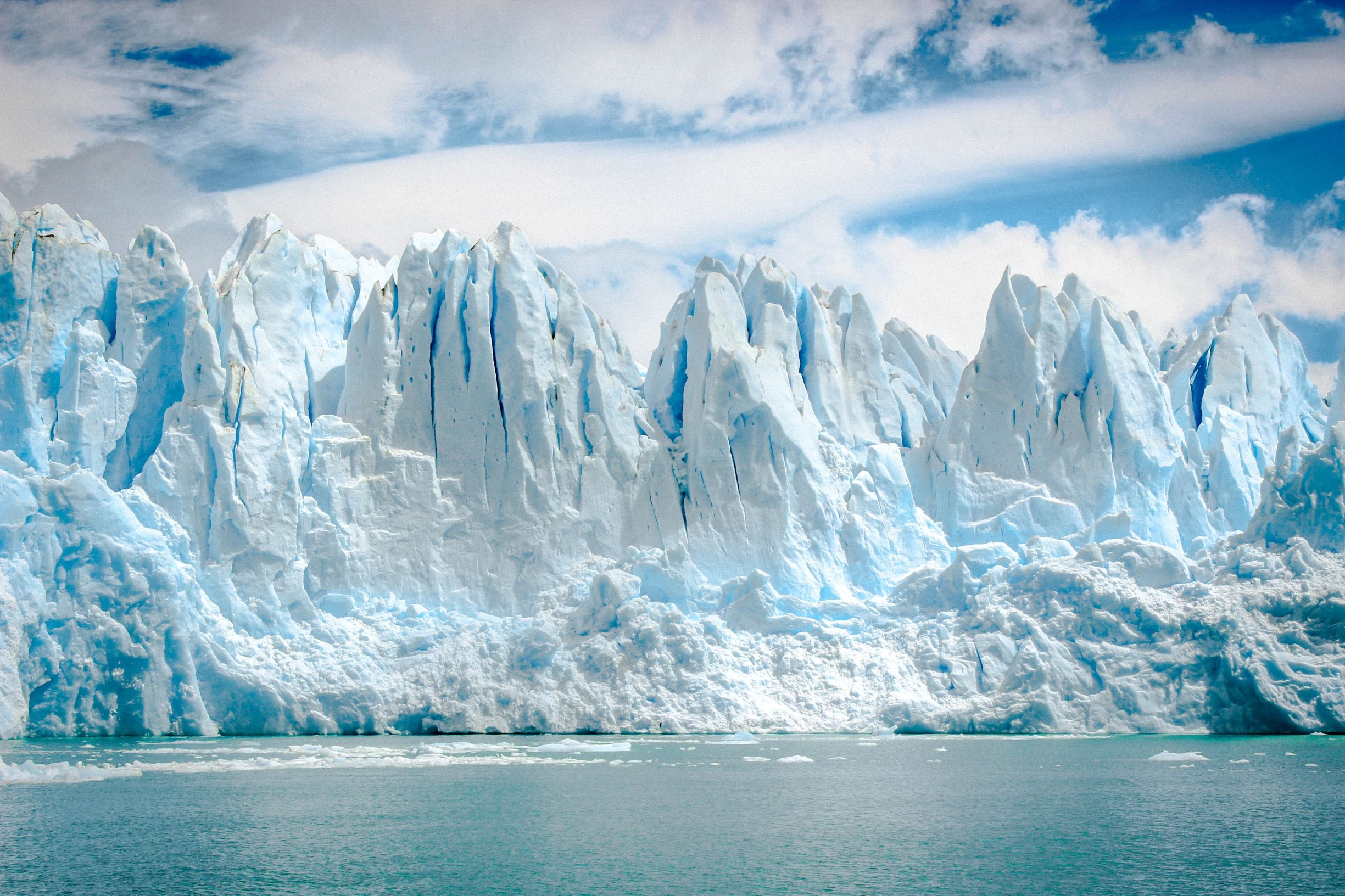Written by: Emmett Florio
The Western Pacific Ocean has been at the center of ongoing maritime disputes that date back well over a century. An extension of power by China into the South and East China Seas has resulted in overlapping claims of sovereignty with several nations including Japan, Taiwan, the Philippines, Vietnam, and Malaysia. Sovereign rights, granted through the United Nations Convention on the Law of the Sea (LOSC), give coastal nations jurisdiction and control over the exploitation of natural resources within their exclusive economic zones (EEZs).
An exclusive economic zone (EEZ) consists of the waters adjacent to a coastal nation extending 200 nautical miles offshore.
The waters of the western Pacific and the seabed beneath them are highly contested because they are rich in oil reserves, fisheries resources, and they encompass essential routes for global trade. These waters are also home to endangered marine life including sea turtles, giant clams, and various species of coral. While control over these areas may seem like a purely political issue, the repercussions directly impact the wildlife and habitats that they are made up of.
China’s claims are represented by a “nine-dash line”, which has unspecified coordinates. Part of the conflict stems from the fact that this nine-dash line encompasses territory within the EEZs of other countries. There are four primary areas of contention:
- the Diaoyu/Senkaku Islands – claimed by China, Taiwan, and Japan
- Scarborough Shoal – disputed between China and the Philippines
- The Paracel Islands – claimed by China, Taiwan, and Vietnam
- The Spratly Islands – assertions of sovereignty by China, the Philippines, Vietnam, Taiwan, and Malaysia.

Map of the contested South and East China Seas with claims of ownership. Courtesy of Lowy Institute
In 2016, one of the United Nations’ highest courts ruled on a dispute between China and the Philippines. It found China’s claim to historic rights within the nine-dash line to be void upon the nation’s signing of the LOSC in 1994 because the claim would be incongruent with the establishment of EEZs by other nations in the region. Even disregarding the EEZs of neighboring countries, the court found no evidence that Chinese fishermen ever asserted exclusive control over the disputed waters – nullifying the claim made to historical fishing rights.
Since no one solution is likely to be preferred by all parties involved, various resolutions should be explored. Below are just a few of the possibilities:
Resource sharing
Nations could cooperatively share resources (fisheries, oil, gas) through bilateral agreements. First in 1957, and most recently in 2000, China and Vietnam signed a joint Agreement on Fishery Cooperation in the Gulf of Tonkin – fishing grounds in the middle of the Gulf were shared and open to both countries’ fishermen. Similar agreements between China and its neighbors could help to alleviate tensions over resources.
Joint military communications
The use of military hotlines for emergencies to connect leaders has the potential to deescalate tensions in the region. In 2018, Japan and China agreed to establish a mechanism for communication between defense officials to prevent any clashes between their militaries. Recently, the push for this line of communication has been a part of discussions regarding the Senkaku Islands.
International arbitration
Conflict mitigation regarding maritime disputes is often approached through judicial processes. As mentioned, in 2016, the Permanent Court of Arbitration ruled on the dispute between the Philippines and China in favor of the Philippines. Other courts that may rule on disputes include the International Court of Justice and the International Tribunal on the Law of the Sea. However, these courts do not have the authority to enforce nations to comply with their judgements. While there are no explicit repercussions for lack of compliance, failure to abide by international law can be detrimental to a nation’s reputation.
Diplomacy
Mediators, including the United States, the Association of Southeast Asian Nations, or any neutral party, such as Singapore may help to negotiate terms between China and its neighbors. Before involving third parties, bilateral diplomacy should be explored. In 2014, China and Japan reduced tensions in the East China Sea by cooperatively issuing a management outline in order to strengthen their ties to one another. Discussions between parties held in the light of diplomacy could help to clarify the interests of the nations involved and generate solutions that are reasonable for all those involved.
Economic sanctions
In a less than cooperative manner, the United States could sanction the movement of goods and services or travel. In fact, this is already taking place. In mid-January, just before the new administration took over, the U.S. blacklisted a Chinese oil company involved in the construction of artificial islands in the Paracel and Spratly Islands. While not the most amicable solution, the U.S.’ economic sanctions are a direct retaliation against China’s extensive claims.
It is essential to note that military action is primarily a last resort for all parties involved. While this dispute is often displayed as a form of aggression from China, the origin of many maritime disputes is simply different interpretations of the United Nations Convention on the Law of the Sea by different countries. It is worthwhile for policy experts to explore a comprehensive list of conflict resolution measures, and it is important to recognize there are numerous options to be exhausted before resorting to armed conflict. Finding a balance between the interests of China and of other nations involved in these complex disputes will require cooperation and trust building. Each nation must attempt to secure its own national interests, while maintaining due regard for the interests of other nations. Most often, the best way to manage disputes is to work together.
References
Bader, J., Lieberthal, K., & McDevitt, M. (2014). Keeping the South China Sea in Perspective. https://www.brookings.edu/wp-content/uploads/2016/06/south-china-sea-perspective-bader-lieberthal-mcdevitt.pdf
Beech, H. (2016). Just Where Exactly Did China Get the South China Sea Nine-Dash Line From?Time. https://time.com/4412191/nine-dash-line-9-south-china-sea/
Council on Foreign Relations. (n.d.). China’s Maritime Disputes. https://www.cfr.org/chinas-maritime-disputes/#!/chinas-maritime-disputes?cid=otr-marketing_use-china_sea_InfoGuide
The Japan Times. (2020). Japan and China to seek setup of defense hotline amid isle row. https://www.japantimes.co.jp/news/2020/12/15/national/japan-china-senkakus-hotline/
Keyuan, Z. (2002). Gulf of Tonkin. The International Journal of Marine and Coastal Law, 17(1), 127–148. https://doi.org/10.1163/15718080220493334
Lowy Institute. (n.d.). South China Sea. https://www.lowyinstitute.org/issues/south-china-sea#:%7E:text=Overview,region%20of%20the%20Indo%2DPacific.
The Mainichi. (2021). Japan, China discuss hotline to prevent accidental clashes around disputed islands.https://mainichi.jp/english/articles/20210330/p2a/00m/0na/007000c
Pennington, M. (2021). US Slaps Sanctions on China Oil Giant Over South China Sea Activity. Radio Free Asia. https://www.rfa.org/english/news/china/usa-southchinasea-01142021173722.html
Permanent Court of Arbitration. (2016a, July 12). The South China Sea Arbitration[Press release]. https://pcacases.com/web/sendAttach/1801




